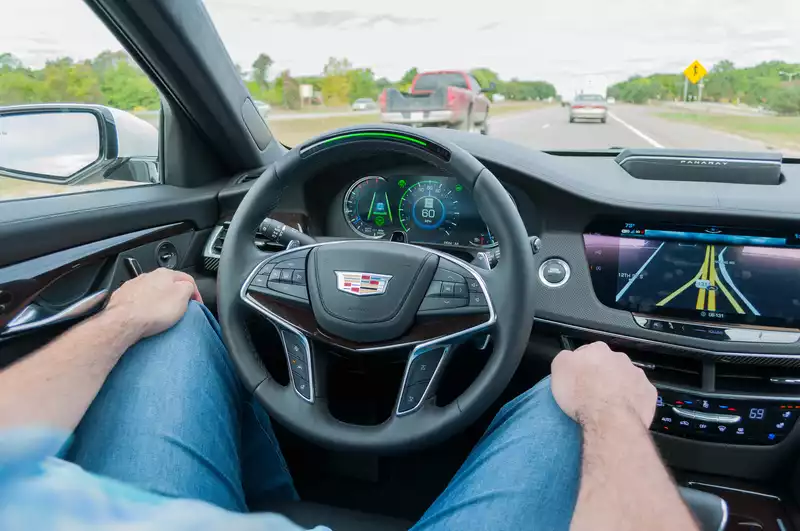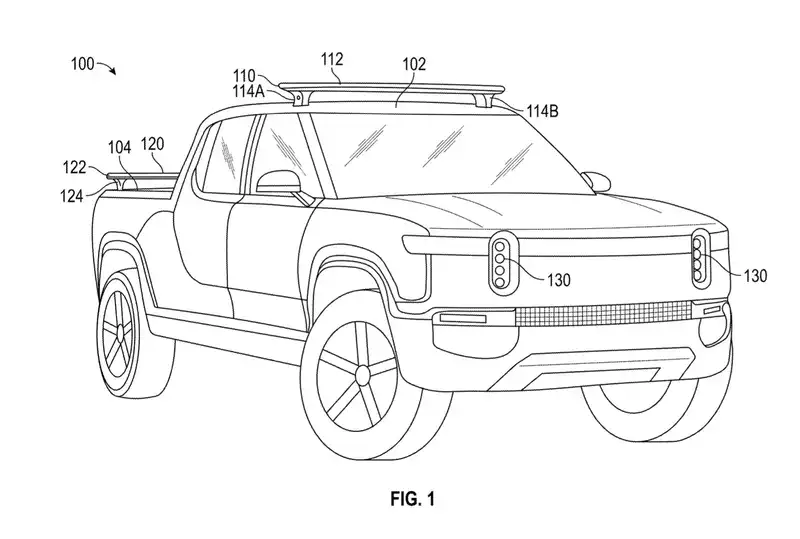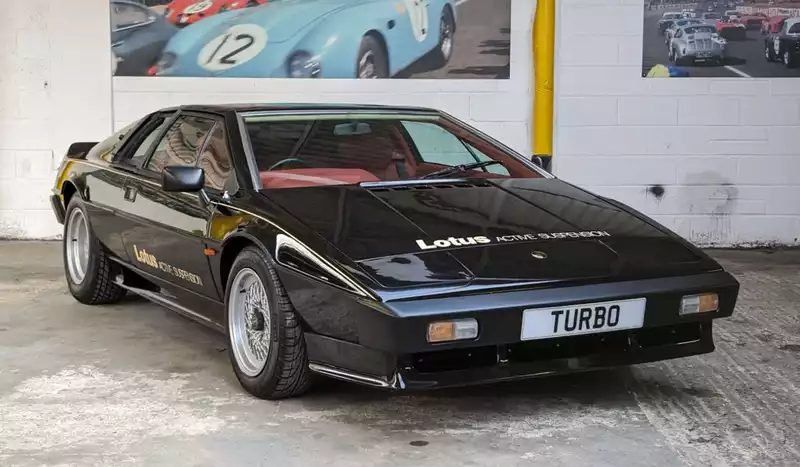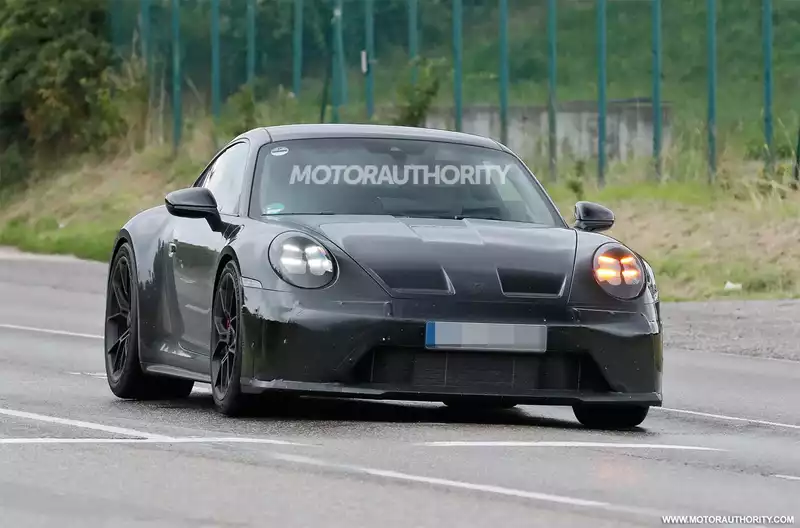How were the car graphics for the Wild Speed game created?
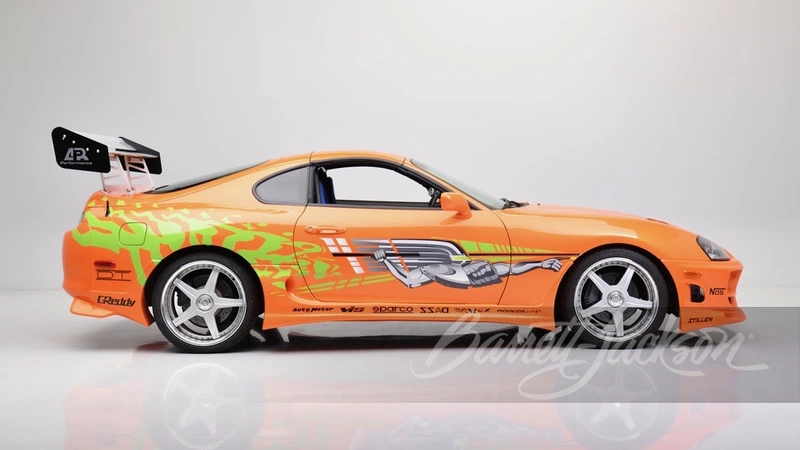
For better or worse, the major cars in "Wild Speed" stood out thanks to their custom graphics, and Craig Lieberman, technical advisor for the 2001 hit, has produced a series of deep-dive videos on the cars in the "Wild Speed" series but this time the focus is on the familiar graphics.
The video is a long interview with Robert Wilson, whose store Modern Image produced and installed the decals for the first three "Fast and Furious" films. According to Lieberman, Wilson was a big name in the tuner scene in the 1990s and early 2000s, creating graphics for cars on the covers of several magazines.
The graphics were designed by Universal Studios' art department and graphic designer Troy Lee. Lieberman noted that many of the designs were chosen over the objections of the hardcore tuners on the production team.
These designs were printed on die-cut vinyl decals, which had to be layered because of the complexity of the designs. They were then airbrushed with accents based on requests from the art department.
Today, with Photoshop and digital printing, it is possible to get the detail needed in a single layer, but when the first "Wild Speed" movie was made, Wilson says, the technology was in its infancy.
Decals were then applied with soap and water, and different layers had to be placed on multiple cars all the same way. As is often the case in filmmaking, several copies of each car were made for specific shots and stunts, as well as for backups.
This is far more than decal stores typically handle, but at least the first film was shot at Wilson's Los Angeles-area base. The filming of 2 Fast 2 Furious, however, took place in Miami. While parts did not have to be transported overnight from Japan, the rolls of vinyl were transported overnight from California, Wilson said.
Elaborate graphics eventually fell out of fashion, both in the "Wild Speed" films and in the wider car culture. The cars in the more recent "Wild Speed" films are almost always monotone, which only made the earlier cars more distinctive.
